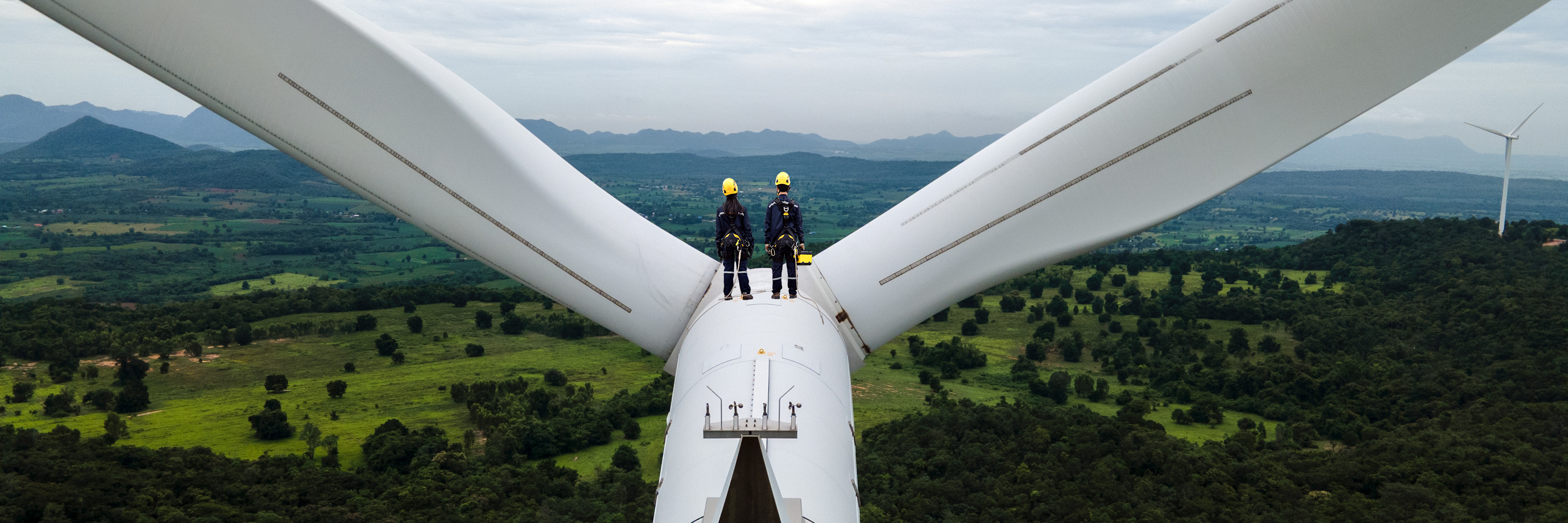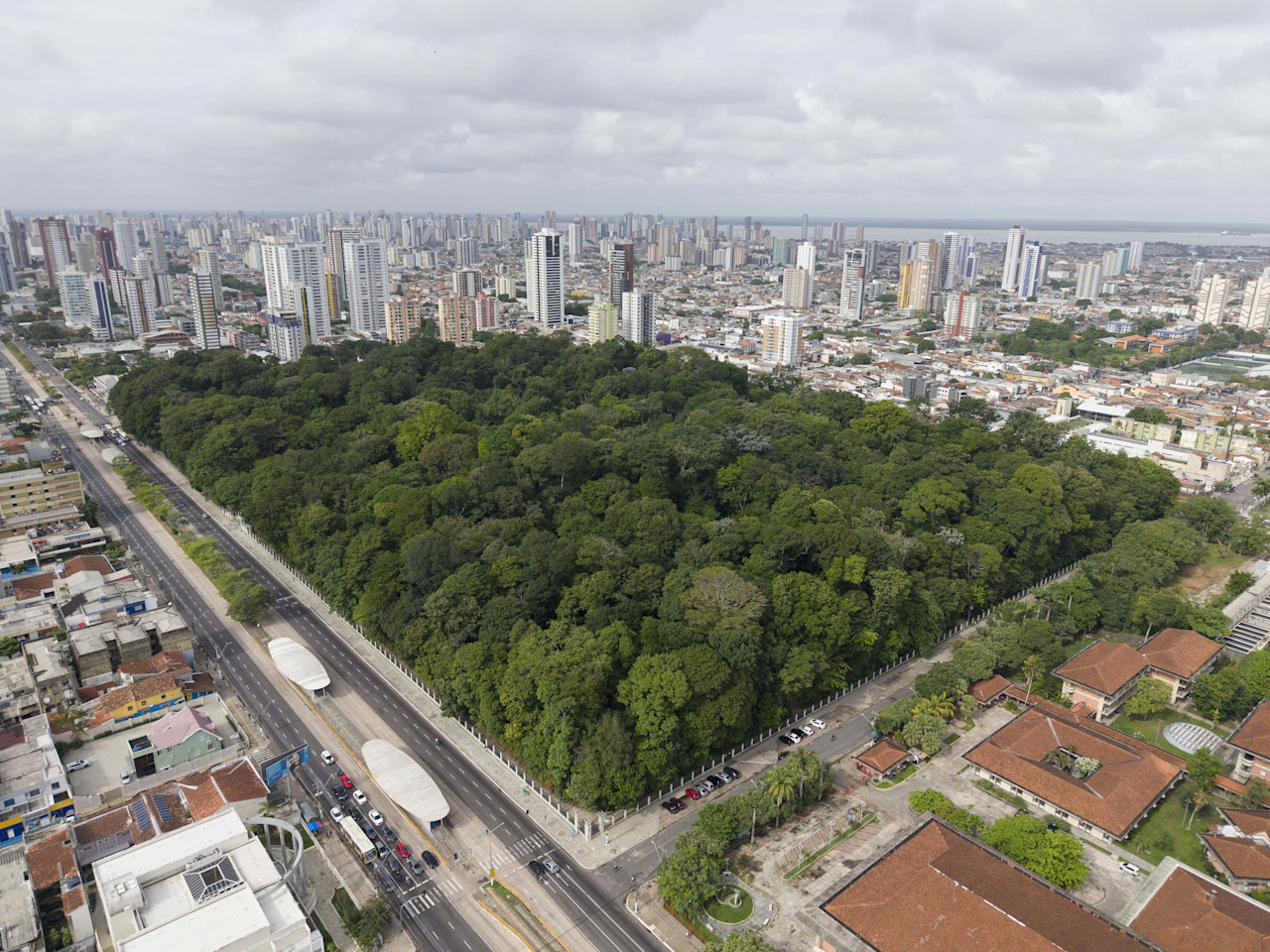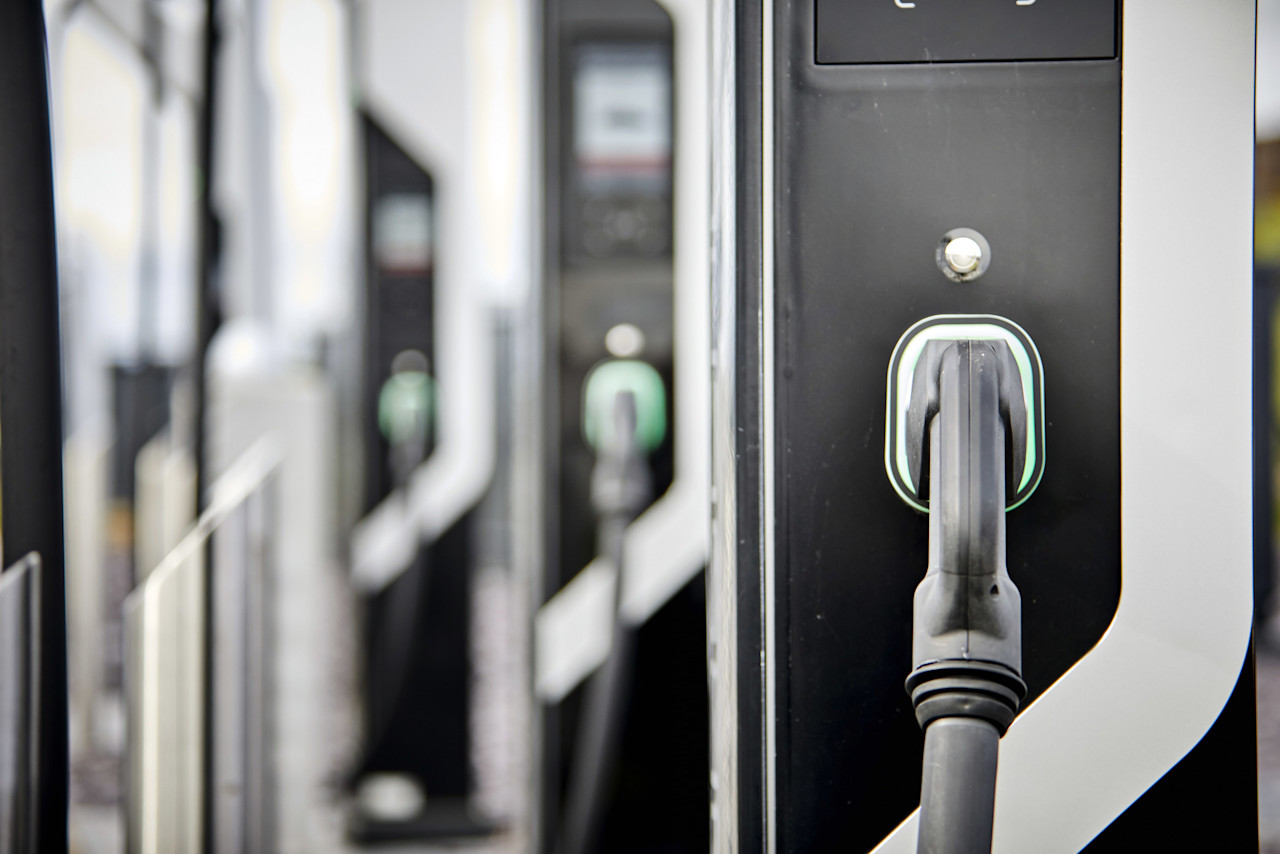The Environmental Impact Monitoring tool is a proprietary research model developed by Robeco to measure a company’s level of greenhouse gas emissions, along with its energy consumption, water use and waste generation.
It is used to select stocks for strategies that seek a lower carbon footprint (among other environmental advantages) than their benchmark, including those that belong to Robeco’s Sustainability Focused range of ESG-enhanced portfolios. It relies on detailed information received from the companies themselves in the Corporate Sustainability Assessment (now owned by S&P Global) along with other sources.
Greenhouse gas emissions are measured in two ways: Scope 1 and 2. Scope 1 emissions are directly generated by the company, such as an airline producing exhaust fumes. Scope 2 emissions are created by the generation of the electricity or heat needed by the company to sell its main products.
Energy consumption is measured in megawatts per hour of electricity consumed by the company in its normal business operations, including any generated by itself using internal power plants.
Water use measures a company’s total water withdrawal from the mains water supply, reservoirs, rivers or other sources, in square meters. Any water that is discharged by the production process can count against this.
Waste generation measures the total amount of metric tons of dry waste generated by the company, consisting of by-products of the extraction or roduction process that can no longer be used for production or consumption and which the company intends to discard.
Once the data has been collected, Robeco measures the environmental footprint of a portfolio along two lines:
Footprint intensity expresses a portfolio’s aggregate resource efficiency. Each company’s footprint intensity is calculated by normalizing the company’s esources consumed by its annual revenues. The portfolio’s aggregate intensity figure is calculated by multiplying each portfolio component’s intensity figure by its respective portfolio weight.
Footprint ownership expresses the total amount of resource consumption financed by the portfolio’s investments. Each company’s footprint is calculated by normalizing the company’s resources consumed by its enterprise value. Multiplying this figure by the dollar amount invested in each company yields an aggregate ownership figure.
Robeco strategies using the tool like to express the net contribution to the environment made by investing in these more sustainable companies in easy-to-understand ways. For example, the amount of CO2 saved can be expressed in how many cars this equates to taking off the road. The amount of electricity or water saved can be shown in terms of what the average household would normally use. Waste generation is also expressed as what a household would normally create.





















